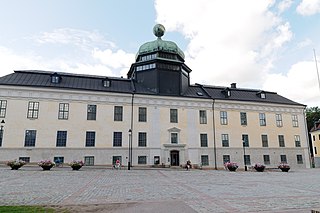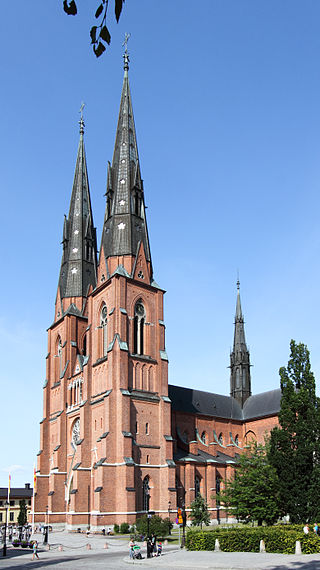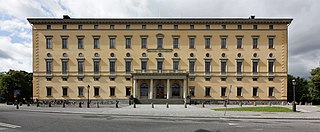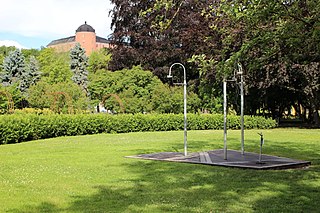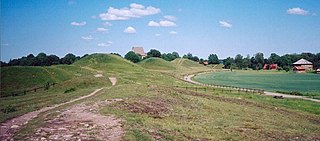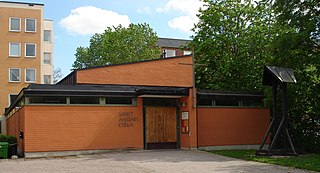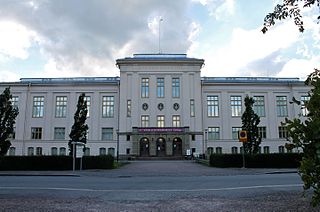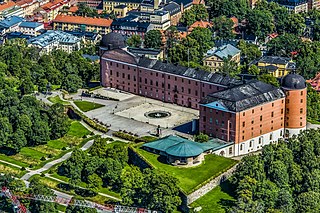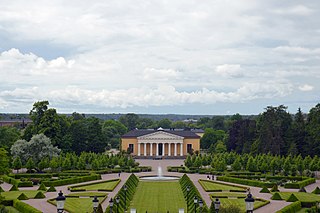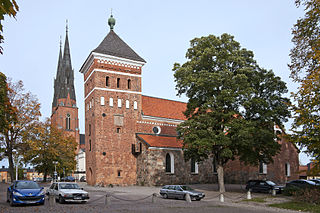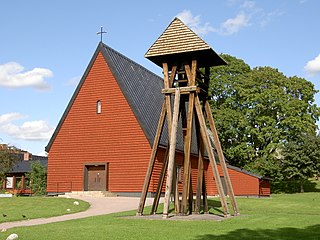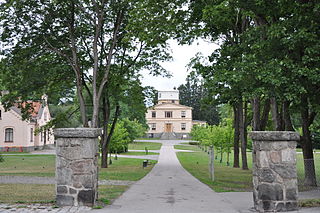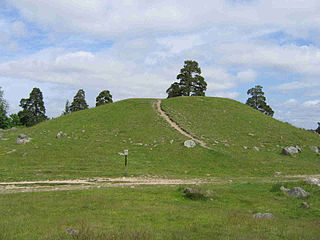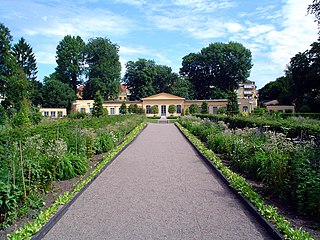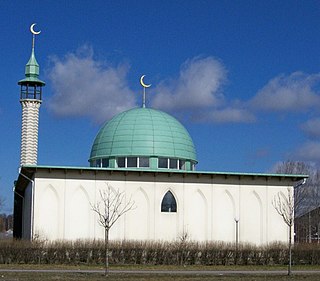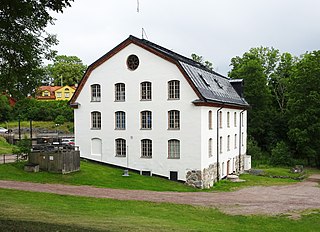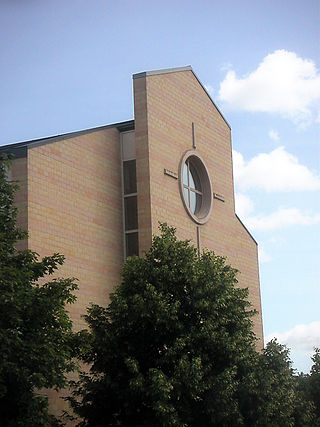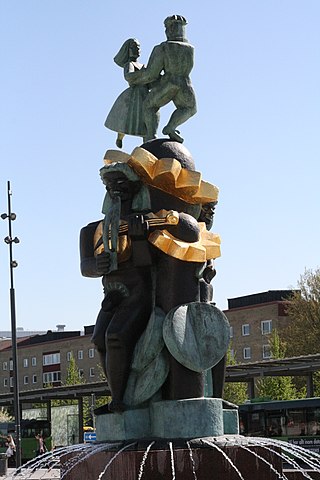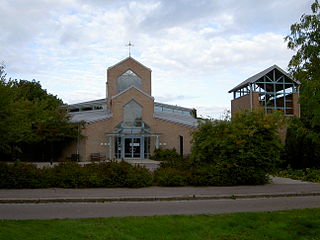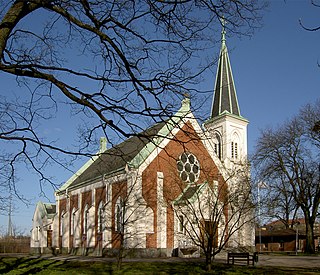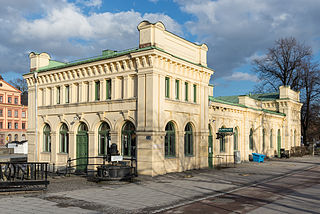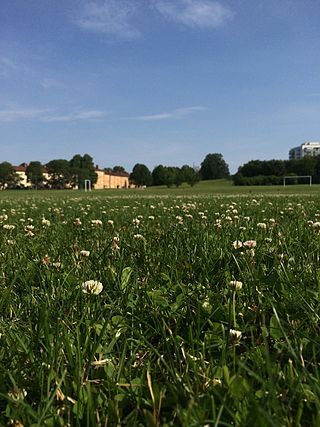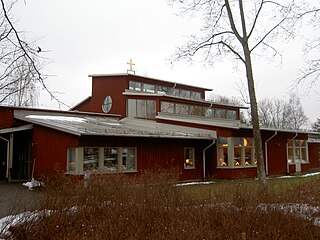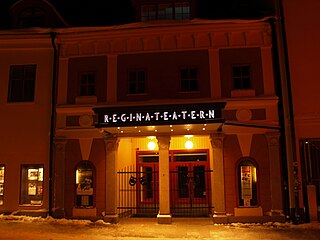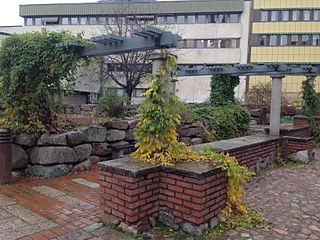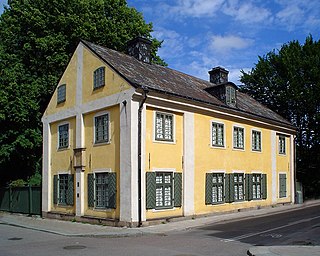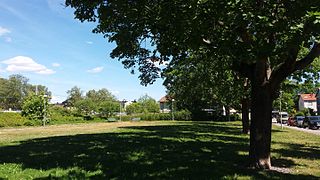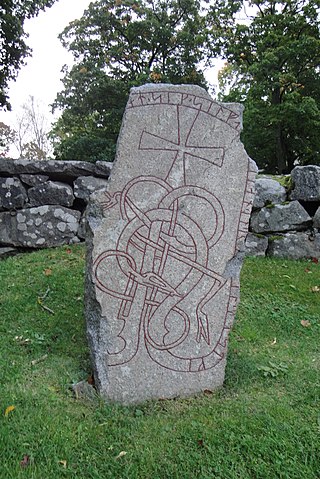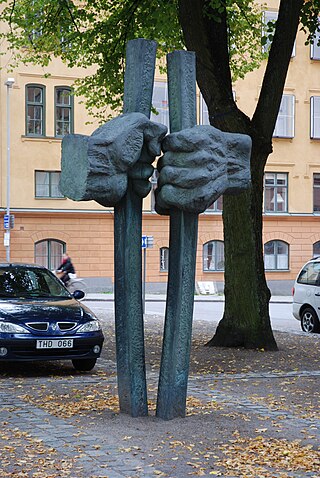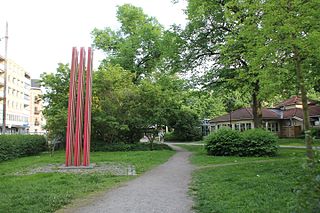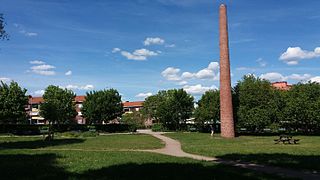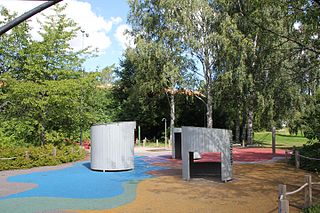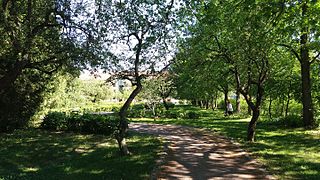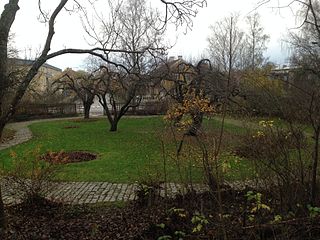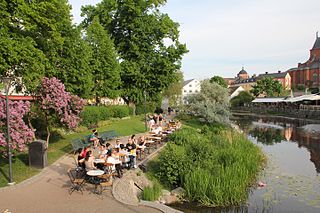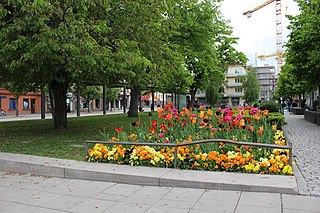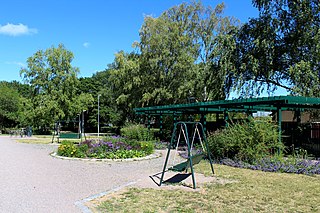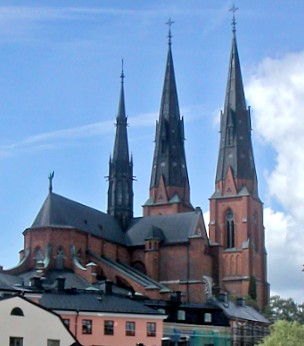40 Sights in Uppsala, Sweden (with Map and Images)
Legend
Welcome to your journey through the most beautiful sights in Uppsala, Sweden! Whether you want to discover the city's historical treasures or experience its modern highlights, you'll find everything your heart desires here. Be inspired by our selection and plan your unforgettable adventure in Uppsala. Dive into the diversity of this fascinating city and discover everything it has to offer.
Sightseeing Tours in UppsalaActivities in UppsalaGustavianum is the oldest standing building of Uppsala University. It was built between 1622 and 1625, and was used as the main building of the university between 1778 and 1887. Since 1997, it has been used as the university's museum.
Uppsala Cathedral is a cathedral located between the University Hall of Uppsala University and the Fyris river in the centre of Uppsala, Sweden. A church of the Church of Sweden, the national church, in the Lutheran tradition, Uppsala Cathedral is the seat of the Archbishop of Uppsala, the primate of Sweden. It is also the burial site of King Eric IX, who became the patron saint of the nation, and it was the traditional location for the coronation of new Kings of Sweden.
Wikipedia: Uppsala Cathedral (EN), Website, Heritage Website
Carolina Rediviva is the main building of the Uppsala University Library in Uppsala, Sweden. The building was begun in 1820 and completed in 1841. The original architect was Carl Fredrik Sundvall. Later additions to the building have been designed by Axel Johan Anderberg and Peter Celsing. The name, literally "Carolina Revived", was given in remembrance of the old Academia Carolina building, which had functioned as the university library for most of the 18th century. Carolina Rediviva is the oldest and largest university library building in the country. It is also the site where the Codex Argenteus and the Cancionero de Upsala are kept.
Stadsträdgården, often referred to as Stadsparken, is a park in Uppsala, Sweden. The park is bounded to the north by Svandammshallarna and Flustret, to the east by Fyrisån, to the south by Studenternas IP and to the west by Akademiska sjukhuset. The City Garden is a city park and the city's largest park. The park has a playground, the café Gula villan and the open-air theatre Parksnäckan. During the winter of 2011 and 2013, the cultural event Isfestivalen was held in the City Garden, when a number of statues of ice were erected in the park.
The Old Uppsala Ancient Monument Area is the collective term for the monumental large mounds, burial grounds and other ancient monuments that are found at Old Uppsala. In total, the area is believed to have contained between 2,000 and 3,000 graves. The area has been excavated in stages since the 1600s, with major excavations during the 1840s, 1870s, 1990s and 2010s.
6. Sankt Ansgars kyrka
Sankt Ansgar's Church is a church building in Uppsala, Sweden. It is located on Studentvägen, in the district of Kungsgärdet. It is run by the independent Sankt Ansgar Foundation within the Church of Sweden and belongs to the Diocese of Uppsala. The first sod for the church was cut by Archbishop Gunnar Hultgren. It was consecrated on the Annunciation Day of the Virgin Mary in 1961 by Bishop Johannes Sandegren, on behalf of the Archbishop. The church was dedicated to the missionary Ansgar.
7. Museum of Evolution Zoology
The Museum of Evolution of Uppsala University is a natural history museum in Sweden, and holds Scandinavia's largest fossil collection of dinosaurs. The number of items in today's collection, which spans zoological, paleontological and mineralogical specimens, is approximately 5 million unique pieces, of which only a fraction are exhibited. Expeditions to China in the 20th century unearthed numerous unique paleontological treasures. The museum's collection contains three teeth of the Peking Man, found by paleontologist Otto Zdansky during an expedition to Zhoukoudian in 1921. Due to its large collection of type specimens the museum is an important establishment in the field of biological systematics, and it maintains an active exchange with other scientific institutions worldwide.
Wikipedia: Museum of Evolution of Uppsala University (EN), Website
8. Gamla Uppsala kyrka
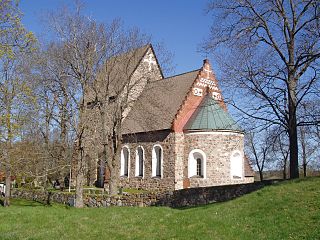
Gamla Uppsala kyrka is a church building in Gamla Uppsala in Uppsala diocese. It is a parish church in Gamla Uppsala parish and is located in a historic place with prehistoric ancestry. The church is also located right next to the former urban area called Gamla Uppsala, which today is basically part of the current urban area of Uppsala.
9. Uppsala slott
Uppsala Castle is a 16th-century royal castle in the city of Uppsala, Sweden. Throughout much of its early existence, the castle played a major role in the history of Sweden. Originally constructed in 1549, the castle has been heavily remodeled, expanded, and otherwise modified. Today the structure houses the official residence of the governor of Uppsala County, various businesses, and two museums.
10. Botaniska trädgården
The Botanical Garden of Uppsala University, near Uppsala Castle, is the principal botanical garden belonging to Uppsala University. It was created on land donated to the university in 1787 by Sweden's King Gustav III, who also laid the cornerstone of Linneanum, its orangery.
11. Helga Trefaldighets Kyrka
Helga Trefaldighet Church (also known as the Trinity Church and the Bond Church) is a church building in Uppsala in the diocese of Uppsala. It is the main church in Helga Trefaldighet parish. It is located immediately south of Uppsala Cathedral and thus outside the territory of its parish.
12. Salabackekyrkan
Salabacke Church is a church in the city district of Sala backe in Uppsala, Sweden that was opened in 1958. The church was designed by Sten Hummel-Gumaelius and is made of wood. It suffered an arson attack in 1993 but was later rebuilt with a near identical design.
13. Observatorieparken
The Observatory Park in Uppsala is a park area in the district of Luthagen that surrounds Uppsala University's Old Observatory. The park is bounded to the north by the Ekonomikum area, to the east by Kyrkogårdsgatan, to the south by St. Johannesgatan, and to the west by Rackarbergsgatan.
14. Kung Björns hög
The Håga mound (Hågahögen) or King Björn's Mound is a large Nordic Bronze Age tumulus in the western outskirts of Uppsala, Sweden. It is one of the most magnificent remains from the Nordic Bronze Age. It is Scandinavia's most gold-rich bronze age grave ever found.
15. Linnéträdgården
The Linnaean Garden or Linnaeus Garden is the oldest of the botanical gardens belonging to Uppsala University, Sweden, and nowadays one of two satellite gardens of the larger University of Uppsala Botanic Garden, the other being the Linnaeus family's former summer home Linnaeus's Hammarby. The garden has been restored and is kept as an 18th-century botanical garden, according to the specifications of Carl Linnaeus, who started studying at Uppsala University in 1730 where he later became professor of botany and principal and is known for formalising the modern system of naming organisms, creating the modern binomial nomenclature, and who owned the garden from 1741 and had it rearranged according to his own ideas, documented in his work Hortus Upsaliensis (1748).
16. Uppsala moské
The Uppsala Mosque is a small but very frequented mosque located in the Kvarngärdet neighbourhood of Uppsala in Sweden. At the time of construction, it was mistakenly claimed to be the northernmost mosque in the world. It is still the northernmost mosque in Sweden.
17. Ulva Kvarn
Ulva is a village in the southernmost part of Bälinge parish, about 7 km north of Uppsala in Uppsala municipality. In the village is Ulva mill, which ran mill operations in various forms between the end of the 1200s and 1963. Since 1984, there has been a craft village with various activities in the mill's buildings.
18. Lötenkyrkan
The Löten Church is a church located at Heidenstam Square, in Uppsala, Sweden, and is a district church of Gamla Uppsala Parish. Lötenkyrkan is one of forty partner churches that exist between the Church of Sweden and the Swedish Evangelical Mission. Hans Lindholm serves as the pastor of the Church.
19. Näckens polska
Näckens polska is a sculpture by Bror Hjorth in Uppsala, designed as a fountain with a six-metre-high sculpture group in the middle. On one side is depicted Näcken playing the violin. Has a very rough face with big teeth. On the other side, the Huldra is depicted.
20. Sankt Pers kyrka
St. Peter's Church is a church building in Uppsala in the diocese of Uppsala. It is located in the northeastern part of central Uppsala in the district of Kvarngärdet and is the most modern district church in Uppsala Cathedral Parish. The church is located in the middle of the Kvarngärdet area and is located north of Kvarntorget where St. Olofsgatan ends. The church was completed and consecrated in 1987 and is the third in Uppsala to bear the name Sankt Per's Church.
21. Mikaelskyrkan
St. Michael's Church is a church building in Uppsala and belongs to the Cathedral Parish of Uppsala Diocese. The building is located on Skolgatan closest to the railway, and was built to serve what was then Uppsala's poorest area, Svartbäcken. The church could be built with a donation from August Mikael Posse. The church was designed by Axel Kumlien and consecrated on St. Michael's Day in 1892 and was at that time called Mikaelskapellet. The name here is not a saint's name, but comes from the name of the donor. At the end of the 1800s, various preachers served at the chapel. For example, in 1893 evening prayers were held for about 300 boys on Wednesdays and about 500 girls on Thursdays. In 1940, the chapel underwent a thorough renovation. The large altar window was closed and the interior was largely replaced. In 1960, the chapel was once again restored, and also came to be called St. Michael's Church. Only now did people begin to celebrate family worship and perform baptisms in the church.
22. Pumphuset
Pumphuset is an information and meeting place with exhibitions and education for school children. The house is located by the Island Bridge next to the Fyrisån river in Uppsala and was built starting in 1874 by the then Gothenburg-based architect Adrian C. Peterson. For almost 100 years, the building was Uppsala's waterworks, and then became a municipal engineering museum.
23. Källparken
Källparken is a district park in Sala Backe in eastern Uppsala. It was built in the 1950s and renovated in the summer of 2012. The park was named after Sala spring, which is located in the northeast corner of the park.
24. Sävja Kyrka
Sävja Church is a church building in Uppsala in the diocese of Uppsala. The church belongs to Denmark-Funbo parish. The church building is centrally located in the district of Sävja and is next door to Linnaeus' Sävja.
25. The Pulpit
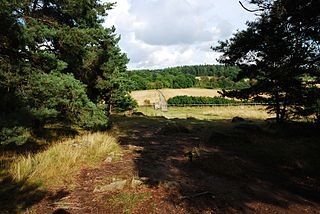
Hågadalen-Nåstens nature reserve is a nature reserve that makes up the cultural landscape Hågadalen in the Hågaån valley west of Uppsala and the forest area Nåsten. The reserve borders to the north with Highway 55. The nature reserve includes Ravinen in Kvarnbo, Hågahögen, Fjärilsstigen and the oak forest Norby lund. There are also many ancient monuments in the area.
26. Reginateatern
The Regina Theatre is Uppsala Municipality's guest performance stage, formerly known as the Skandia Stage. The Regina Theatre was designed in 1925 by the city architect Gunnar Leche and functioned as a cinema theatre.
27. Klosterparken
Klosterparken is a park in the courtyard of the Torget district in Uppsala. The block is located between the streets Svartbäcksgatan, S:t Persgatan, Östra Ågatan and Klostergatan. In the park there is a herb garden and marked walls after the Uppsala Franciscan Convention. In Klosterparken there is also the runestone Upplands runinskrifter Fv1972;271.
28. Linnémuseet
The Linnaeus Museum is a Swedish museum of personal history in Uppsala, named after Carl von Linnaeus. The Linnaeus Museum is run by the non-profit association Svenska Linnaeus sällskapet. The museum is open to the public between May and September.
29. Banvaktsparken
The Railway Guard Park is 0.37 hectares in size and is thus one of Uppsala's smallest parks. It is located in the district of Luthagen and is bounded to the south by Hällbygatan and to the north by Dalabanan. In 2022, a new playground was inaugurated in the park, including a swing.
30. U 962
Uppland's runic inscriptions 962 is a runestone located outside the wall of Vaksala church in Uppsala. It is placed together with three other stones, U 963, U 964, U 965. The edge with the carver's name is partially off.
31. Martin Luther Kings plan
Martin Luther King's plan is a park in Uppsala at the intersection of St. Olofsgatan and Övre Slottsgatan, behind Uppsala University, and a memorial to the civil rights fighter Martin Luther King and the World Council of Churches in 1968.
32. Finn Malmgrens plan
Börjeparken, Finn Malmgren's plan is a park in Luthagen in Uppsala, bordering Sysslomansgatan and Skolgatan. The park has flower plantings and is known for its cherry trees that bloom in spring. In the park there is also a statue of Finn Malmgren, a Swedish meteorologist and polar researcher working at Uppsala University.
33. Tegnérparken
Tegnérparken is a park in Luthagen, Uppsala, Sweden. The park is bounded by Kyrkogårdsgatan, Ringgatan and Sibyllegatan. The park is named after the poet Esaias Tegnér, but is popularly known as the Giraffe Park after a giraffe-shaped slide that used to be in the park. On October 10, 2015, the 19-metre-high artwork The Tenth Chimney, designed by Jan Svenungsson, was inaugurated in the park.
34. Murkelparken
Murkelparken is a neighborhood park in Norby, Uppsala. The park got its name in 1962 when the area began to be named with the theme of mushrooms. The park was the first themed playground in Uppsala to be reopened on 8 June 2010, with the name In the Painter's Garden. The theme is inspired by the children's book Linnea in the Painter's Garden.
35. Hedströmska kilen
Hedströmska kilen is a wedge-shaped park in the Luthagen district of Uppsala, bordering Börjegatan, Kyrkogårdsgatan and Geijersgatan. There are apple trees and winding lime tree hedges. Hedström's gardening workshop was previously located on the site. The park was officially nameless for a long time, but has been called Hedströmska kilen for a long time. In 2013, Uppsala Municipality decided that the park should also be officially called Hedströmska kilen.
36. Stabbylyckan
Stabbylyckan is a park between Tiundagatan and Stabbyskogen in the Stabby area in northwestern Uppsala. Stabbylyckan is dominated by eight different kinds of apple trees. There are also different kinds of lilacs, jasmine, peonies and roses. Stabbylyckan's plantations include birch bark, knight's spur, spireas, ensign's heart, student carnation and autumn phlox.
37. Gotlandsparken
Gotlandsparken is a park in central Uppsala that is located along the Fyrisån river and Östra Ågatan. In 2008, the municipality of Gotland donated a concrete sow in the form of a ewe to Gotland's nation.
38. Gunnar Leches park
Gunnar Leches Park is a park in central Uppsala near Uppsala Central Station. It is limited by Stadshusgatan, Kungsgatan and Olof Palme's place. The park is named after Uppsala architect Gunnar Leche.
39. Höganäsparken
Höganäshöjden is a park in Uppsala, Sweden, bordering Höganäsgatan, Botvidsgatan and an allotment area. The park was created in the 1930s at the same time as the surrounding residential area was being built.
40. Uppsala domkyrkas skattkammare
Uppsala Cathedral's Treasury is a museum in Uppsala Cathedral. The treasury is located in the north tower of the cathedral and is accessible by elevator from the information desk at the church's main entrance.
Share
How likely are you to recommend us?
Disclaimer Please be aware of your surroundings and do not enter private property. We are not liable for any damages that occur during the tours.
